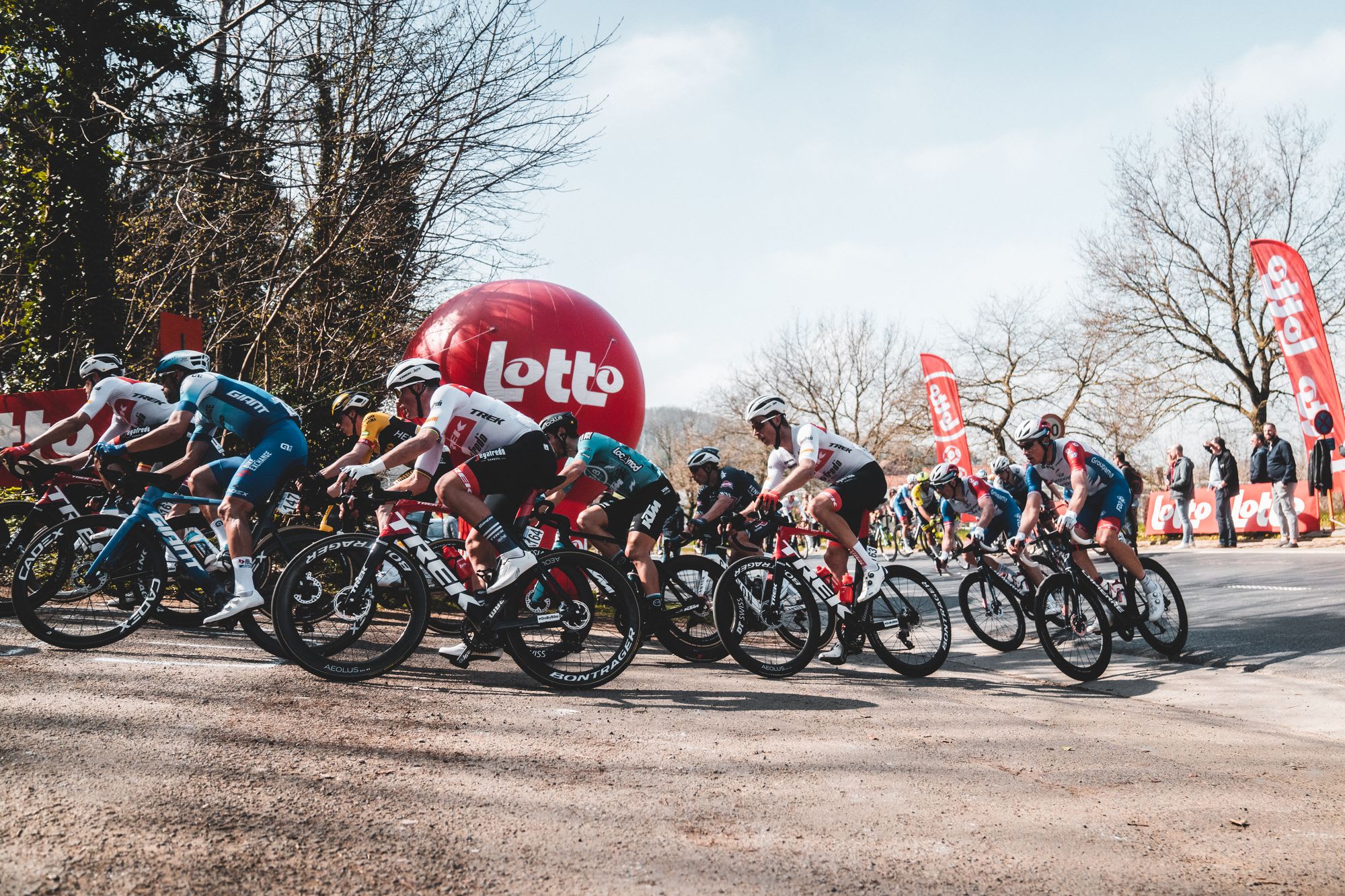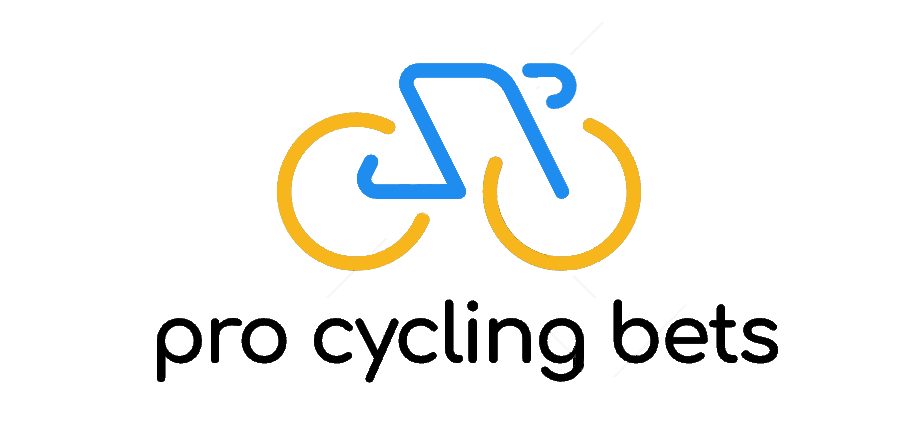What's a break (away) in cycling?

A break, also known as a breakaway, is a group of riders that manage to distance themselves from the main group of riders (the peloton). Breaks happen on all stages but often only ever win when the team's behind in the peloton either can't work together successfully to reduce the gap between the break and the peloton or don't want to.

The latter is often the case during "transition" stages during multi-day stage races when the teams on the virtual podium in the general classification (the standings / current rank of the riders) are not worried about the riders in the break affecting their position and would prefer to allow their key GC riders to "rest" alongside other riders of similar standings.
In simple terms, the distance in seconds between the peloton and the break won't have any of the rider's in the break in the lead, or ahead of a team's key rider in the peloton on GC if the break ended up winning.
If the gap between the break and the peloton does eventually stretch to an uncomfortable level for certain riders in GC, you'll notice that those teams begin to work to reel in the breakaway and reduce the gap between the two groups. You'll often here the term "leash" used to described the comfortable gap given to breakaways from the peloton. Once the time differential has become too large, the leash too long, teams will take action.
It's often the case that what is uncomfortable for some teams is actually logically much less than what they could give. Meaning that while they could give the break 20+ minutes at times to win by, they really only feel comfortable giving 5 minutes. Most teams are overly cautious and have trouble holistically seeing the larger picture that the some theoretical rider A from Astana winning by 20 minutes isn't going to affect your GC efforts given that theoretical rider A can't climb, has no team support, there's four hill climbing stages in the next 5 days, and your GC rider is up by 60 minutes on rider A.
However teams don't think like that, and in the heat of the moment they'll often work harder than they need to - burning the legs of their domestiqués which may affect them in the following days.
It's worth taking note when this happens and applying the knowledge when selecting your picks for future stages in multi-day stage races. Movistar is notoriously bad for being extremely cautious.
As shown in the diagram above, it's also possible for multiple breaks to form, which plays into the dynamics of the race. Throw in the Groupetto (the trailing group behind the peloton) who may not finish before the time cutoff (aka OTL) and the race tactics can certainly get interesting. Often sprinters will get situated in the Groupetto on certain hilly stages and barely make the time cutoff. The time cutoff is set based on the time of the winner crossing the line (eg. 50 minutes after the winner you get cut from the entire race if you haven't arrived at the finish line).
Teams that are also seeking TV coverage (think Pro and 1/2 level teams) also often attempt to create a break simply to promote the sponsors of their teams. These are unlikely to stick but may get a good couple hours of television time depending on how early they break away from the peloton.
The break size matters on whether it has a chance at succeeding toward the end as well. Withore riders you can cycle off and on the front more efficiently and generally a group of seven or more riders has a decent chance compared to smaller groups of say four.
